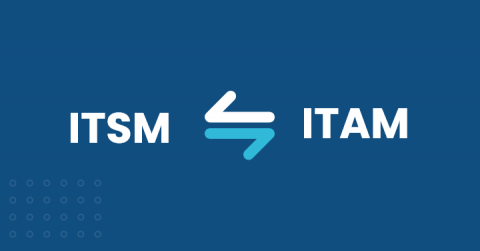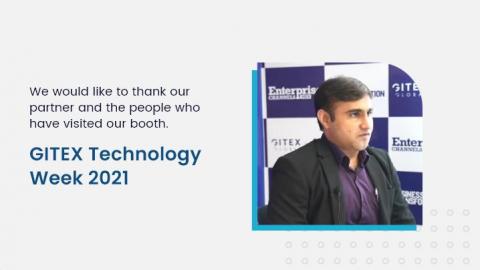ITAM vs. ITSM - What's the Difference?
ITAM and ITSM are two of the most ubiquitous terms used in the ITOps domain. However, the use cases and working methodologies are completely different. These are two ways to manage the IT operations of an organization, focusing on two distinct aspects: One focuses on managing all hardware and software assets, and the other, delivering IT services most efficiently.











